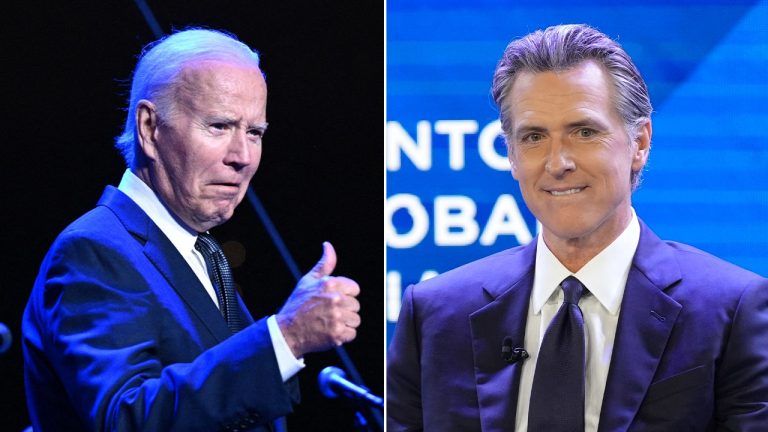Expert explains why schools are getting rid of DEI programs
In the aftermath of the Supreme Court’s decision to ban affirmative action practices in college admissions, along with increasing state legislation and political pressure, many institutions of higher education are choosing to dismantle their diversity, equity, and inclusion (DEI) programs and practices. The Chronicle of Higher Education has been monitoring changes at 158 college campuses in 22 states since January 2023, documenting alterations to offices, jobs, training, diversity statements, and other DEI-related activities due to various state-level actions.
Most recently, the University of North Carolina at Chapel Hill Board of Trustees made the decision to dismantle its DEI programs and redirect millions in funding towards public safety and campus police following widespread anti-Israel demonstrations.
Looking at the bigger picture, the elimination of DEI programs in higher education is seen by some as an opportunity to rein in what they consider to be excessive measures. Advocates argue for evidence-based practices, questioning the effectiveness of current DEI programming in promoting peace and stability on campuses. Some critics suggest that new terms and strategies, like shifting from critical race theory to culturally responsive teaching, are emerging as substitutes to avoid scrutiny.
Nicole Neily, president of Parents Defending Education, points out a crucial issue with DEI programs – a lack of clear metrics for success. Neily highlights the public choice conundrum inherent in these initiatives, where administrators may feel pressured to maintain or expand DEI offices in order to justify their existence, despite uncertain results.
With the recent legal precedents set by the Students for Fair Admission v. Harvard case, which found that the use of race in college admissions can violate constitutional principles, school leaders who previously felt obligated to implement DEI initiatives now have legal backing to dismantle them. This shift has been influenced by a broader trend of state legislation targeting DEI programs in higher education, with over 20 states already enacting laws impacting these practices.
Despite these legal and political developments, Neily emphasizes the role of state governors and legislatures in shaping the future of DEI initiatives. She calls for a reconsideration of the use of federal and state funds to support programs that accentuate cultural divisions based on immutable traits, advocating instead for a colorblind and unified society.
As the debate around DEI programs continues to evolve, the landscape of higher education faces significant changes. Institutions are grappling with the implications of recent legal rulings and state actions, with the future of diversity, equity, and inclusion initiatives hanging in the balance.








